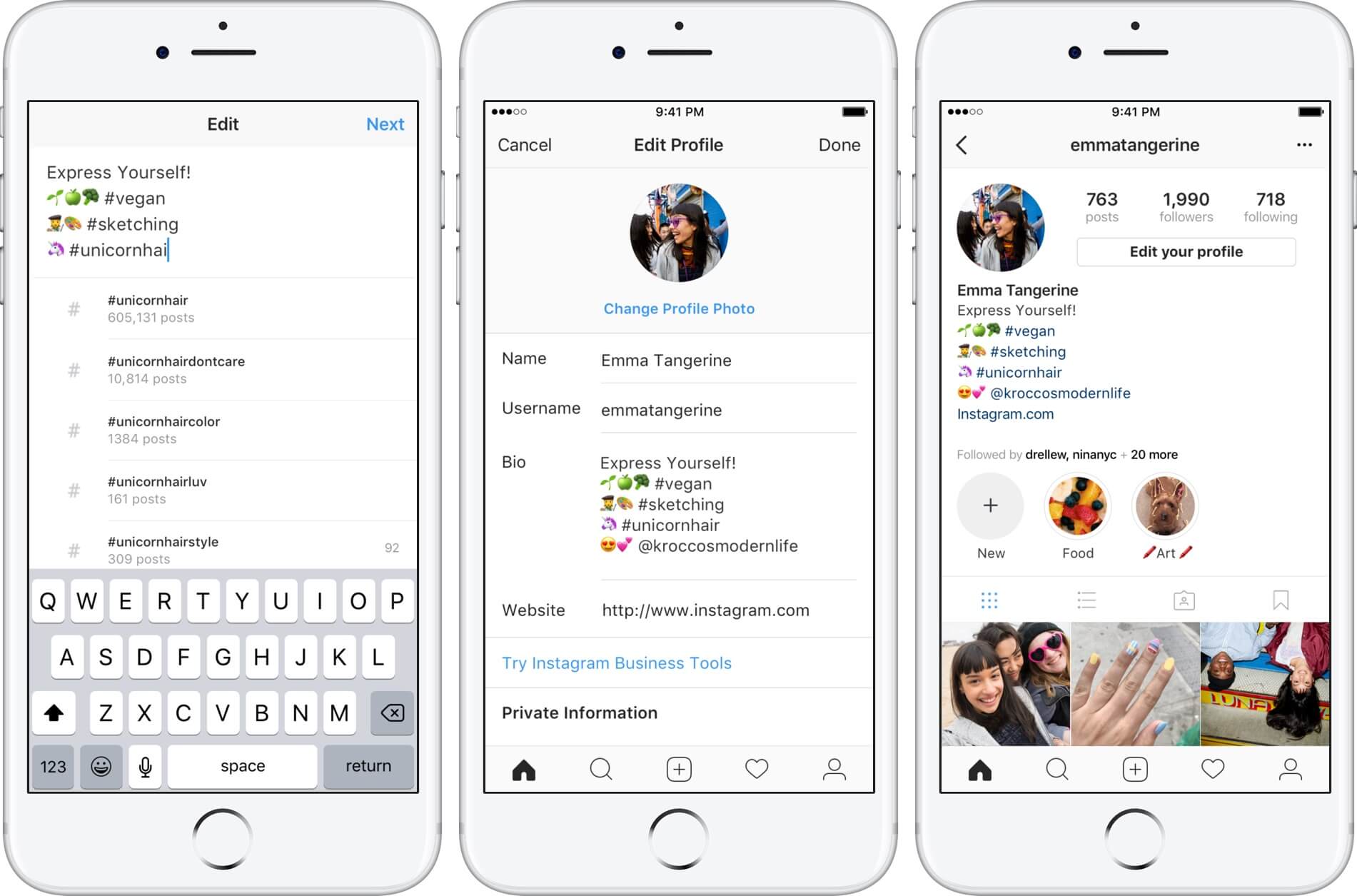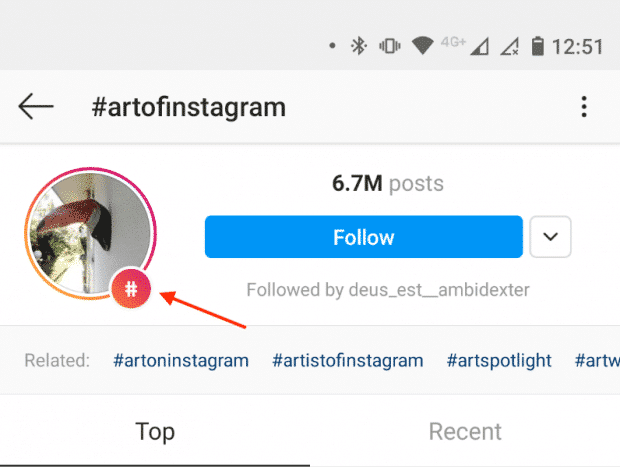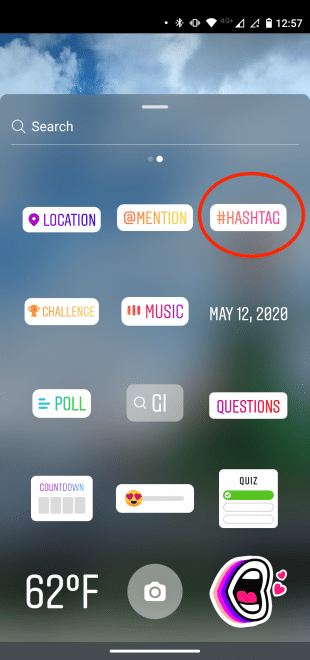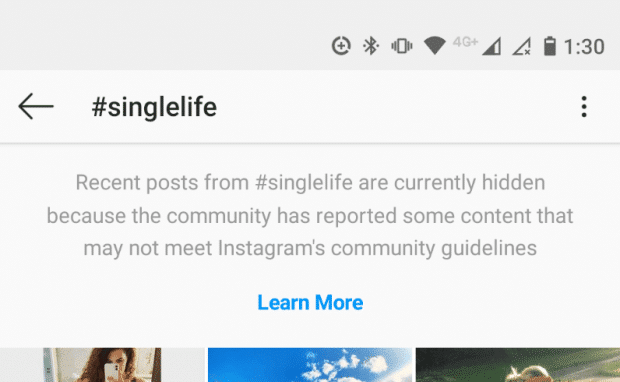Instagram hashtags have a superpower. They help your posts easily get pop up to audiences who can become potential followers or customers. When you start digging into use hashtags on Instagram, much trouble might annoy you. Hence, we’re here to help you get famous on Instagram with hashtags.
Let’s dive into 7 tips and tricks to assist you to have an awesome campaign with Instagram hashtags.
1. Use Insights to find which hashtags work best
When you have turned an Instagram business profile, you have access to post insights that let you know how many impressions you received from hashtags.
- Choose the post you want data on and tap View Insights below the post on the left.
- Swipe up to see all of the insights for that post, including the number of impressions from hashtags.
This data helps you determine which hashtags are most effective for growing reach.
2. Use hashtags on Instagram Stories
Hashtag pages have an Instagram Story icon at the upper left corner. Click on it and you will see a group of Stories posts tagged with the hashtag from people with public profiles.
Source: Instagram
There are two methods to include hashtags to your Stories. The first way is to use the hashtag sticker.
Source: Instagram
Or you could simply use the text tool and the # symbol to type out the hashtag the same method you would on an image or video post.
3. Avoid banned hashtags and spammy hashtags
When inappropriate content becomes related to a hashtag, the hashtag might be banned by Instagram
This doesn’t mean that you couldn’t use it at all. Instead, that means that when you click on the tag, you’ll see top posts only. You will not see recent posts, and there will not be any Stories related to the hashtag.
Right here’s what it looks like once you run into a banned hashtag:
Source: Instagram
The only method to know if a hashtag will get banned is to check it before you utilize it. It is a good practice to put in place every time you add a new hashtag to your repertoire. Utilizing banned hashtags can cause a drop in engagement, as your use of legitimate hashtags may also become less effective since you can be dropped in the algorithm.
Even when they aren’t banned, you need to keep away from hashtags that shamelessly solicit likes and followers. Examples consist of #followme, #like4like, #follow4follow, #tagsforlikes, and so forth.
Utilizing these will attract spammers, bots, and others users who have no intention of engaging with you in any meaningful method. Additionally, they show your followers that your brand is okay with engaging in spammy behavior. And that isn’t a great look.
4. Know how hashtag pages work
Hashtag pages are a good way to expose your content to new users, particularly if you could get featured in the Top section.
Hashtag pages show off all of the content related to a particular hashtag. If somebody searches for a post and yours are the most recent with that hashtag, it will be the first thing they see in the Recent part.
After all, it’s much simpler to stay at the top of the Recent part for a less-popular or really niche hashtag.
Remember that the Recent part is sorted by when each post was originally shared. When you add hashtags later, either through a comment or by editing the caption, this will not bump your post up for recency.
5. Don’t use irrelevant or repetitive hashtags
It may be tempting to easily copy and paste the same long list of hashtags on every post, however, don’t do it. Instagram’s community guidelines clearly state that “posting repetitive comments or content” isn’t Ok. When you use the same hashtags for every post, your content will be penalized by the algorithm.
Once you create a post, only use hashtags that make sense. When you tag a post with #wanderlust, for instance, your content has to be something globetrotters will want to like, comment and share.
It’s not about getting seen by lots of people, it’s about getting seen by the right people. That’s how hashtags result in higher engagement and more followers. Choose and pick the right keywords for each post individually.
6. Ensure that hashtag means what you think it means
Hashtags are often a string of words stuck together. That could make some issues when it isn’t clear where one word ends and the next starts.
One of the worst examples of this is the #susanalbumparty fiasco from way back in 2012. It was a launch celebration hashtag for Susan Boyle’s new album. However, read it slowly and you may pick up some words in the middle that clearly make the hashtag a bit… problematic.
Amazon played with this type of hashtag mistake to promote Top Gear. This was finished on purpose, however, it would be a simple mistake to mix a possessive “s” and the word “hit” by accident.
Brands sometimes are also too keen to hop onto a trending hashtag without fully understanding the context. When the context is challenging, this will make a PR disaster for the brand.
And generally, a brand just does not check to see if a hashtag is already in use before making a whole campaign. Burger King was guilty for this back in 2013, once they used the hashtag #WTFF to mean “What The French Fry.”
Because you already know what WTF stands for, you could probably guess why this was an issue.
7. Save hashtags for future use
When you usually use the same hashtags, you could save them in a note to decrease time typing them in over and over.
Wait, did we just tell you not to use the same hashtags on every post? It’s true—you shouldn’t overuse the same set of hashtags. t is said that it’s still truly helpful to have a list of hashtags related to the various types of content you post. You can even make separate lists of hashtags related to the different kinds of posts you make.
Just make a list of hashtags in your notes app, ready to add to your posts.
You could then choose and pick some hashtags to use each time, rather than having to remember the hashtags or search for new ones for each post. This also offers you the time to check out what type of content is already being posted for these hashtags, so you don’t make one of the mistakes that are mentioned above.
Just keep in mind that every one of the Instagram hashtags you utilize on a post must fit with the content and shouldn’t be too repetitive. Don’t copy and paste your whole saved list onto every post.




